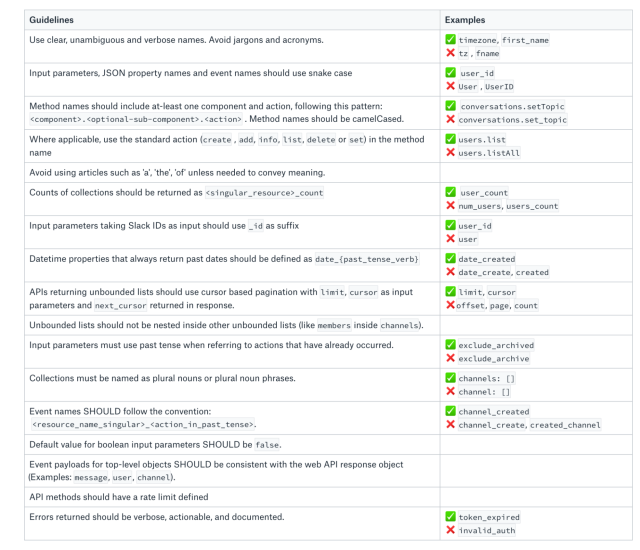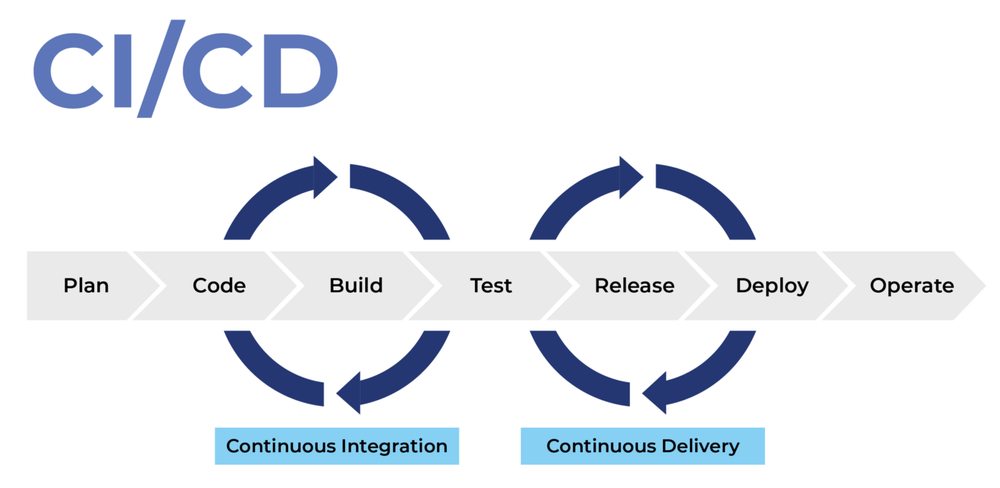小編在另外兩篇文章分別介紹了什麼是 API 和 API 系統設計方法 ,談了許多 API 概念上的東西。
這篇文章會從實作的角度用 JavaScript、Java、Python 來實作後端的 Web API。
實作就是最好的學習,這就跟讀了很多把妹相關的書籍,還不如註冊個交友軟體天天練習跟女生聊天一樣,小編在年初也是因為受到直屬學弟們的鼓勵 就真的註冊了而且還天天晚上都在熬夜聊天。
Web API 在實作上主要是兩個步驟
API 規格文件撰寫 API 系統實作 API 規格文件撰寫 這裡先手動進行 Swagger 的 YAML 撰寫,撰寫語法不困難。
底下列出一個基本的範例,整份文件其實就圍繞著 API 的輸入 及輸出 兩大重點
輸出 : 定義回傳資料格式1 2 3 4 5 6 7 definitions: Book: type: "object" properties: id: type: "integer" format: "int64"
輸入 : 定義路徑 與 HTTP 方法 及輸入參數 1 2 3 4 5 6 7 8 9 10 11 12 13 14 15 16 17 18 19 20 21 22 23 24 25 26 27 28 paths: /api/v1/book/{bookId}: get: tags: - "Book" summary: "Find Book by ID" description: "For valid response try integer IDs with value >= 1" operationId: "getBookById" produces: - "application/json" parameters: - name: "bookId" in: "path" description: "ID of pet that needs to be fetched" required: true type: "integer" maximum: 10.0 minimum: 1.0 format: "int64" responses: "200": description: "successful operation" schema: $ref: "#/definitions/Book" "400": description: "Invalid ID supplied" "404": description: "Order not found"
各位大大可以自行複製完整的版本到線上的 Swagger Editor 看看結果。https://editor.swagger.io/
1 2 3 4 5 6 7 8 9 10 11 12 13 14 15 16 17 18 19 20 21 22 23 24 25 26 27 28 29 30 31 32 33 34 35 36 37 38 39 40 41 42 43 44 45 46 swagger: "2.0" info: description: "API 文件" version: "1.0.0" title: "Swagger Book Store" host: "swagger.io" basePath: "/v1" schemes: - "https" - "http" paths: /api/v1/book/{bookId}: get: tags: - "Book" summary: "Find Book by ID" description: "For valid response try integer IDs with value >= 1" operationId: "getBookById" produces: - "application/json" parameters: - name: "bookId" in: "path" description: "ID of pet that needs to be fetched" required: true type: "integer" maximum: 10.0 minimum: 1.0 format: "int64" responses: "200": description: "successful operation" schema: $ref: "#/definitions/Book" "400": description: "Invalid ID supplied" "404": description: "Order not found" definitions: Book: type: "object" properties: id: type: "integer" format: "int64"
一個較正式且完整的文件範例:
API 系統實作 後端的 API 其實不限制用什麼語言進行撰寫,各種語言撰寫上需要注意的觀念也大同小異,建議選擇熟悉的語言進行學習即可。
API 撰寫上有三個重點
路徑: 包含版本、符合 REST 的規範 輸入: 參數的各種類型 輸出: 回傳格式 每個語言會有各自特性還有需要注意的觀念,底下會就小編的理解跟大家分享和解釋。
JavaScript API X Expressjs 觀念:
Swagger:
延伸閱讀:Mongoose 操作資料,只要三步驟就能打穿 MongoDB 到 API ,ODM/ORM 通常能降低開發及維護成本,網站分成前跟後端而 Mongoose 也可以看成是 MongoDB 的前端介面。
範例程式碼:
1 2 3 4 5 6 7 8 9 10 const express = require ("express" );const app = express ();app.get ("/api/v1/book/:bookId" , (req, res ) => { res.json ({ bookId : req.params .bookId }); }); app.listen (port, () => { console .log (`Example app listening on port ${port} ` ); });
Python API X FastAPI 觀念:
Swagger:https://fastapi.tiangolo.com/#interactive-api-docs
延伸閱讀:Python FastAPI 快速入門,7 行程式完成 API 和線上互動文件 。
範例程式碼:
1 2 3 4 5 6 7 8 from fastapi import FastAPIapp = FastAPI() @app.get('/api/v1/book/{bookId}' def get_book_by_id (bookId: int ): return { 'bookId' : bookId }
Java API X Springboot 觀念:@ 的方式來進行依賴注入。
Swagger:https://www.baeldung.com/spring-rest-openapi-documentation
延伸閱讀:Java Web API (RESTful API) 教學,三步驟打通關節開發 API 後端服務 ,主要會示範使用 Jersey 這套框架從 0 到 1 打造一個網站應用程式,並整理 Java Web Appication 相關資源如基礎建設、前端網頁、後端 Web API 及資料庫。
範例程式碼:
1 2 3 4 5 6 7 8 9 10 11 12 13 14 @SpringBootApplication @RestController public class DemoApplication { public static void main (String[] args) { SpringApplication.run(DemoApplication.class, args); } @GetMapping("/api/v1/book/{bookId}") public ResponseEntity<String> getBookById (@PathVariable String bookId) { return bookId.ok(bookId); } }
喜歡這篇文章,請幫忙拍拍手喔 🤣

